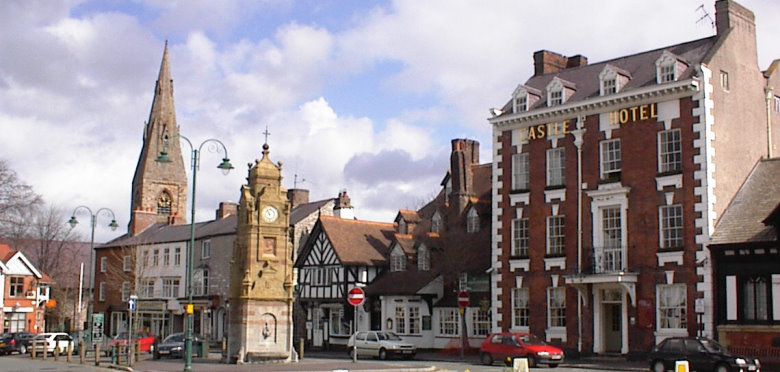Seniors + Students
Intergenerational Housing
Senior housing facilities around the globe are opening their doors to students. The creative solution cuts housing costs for young adults while providing nourishing services for the elderly. Such programs are gaining popularity in the United States. The unlikely pairing comes with an impressive array of benefits for seniors. A study published by the National […]


